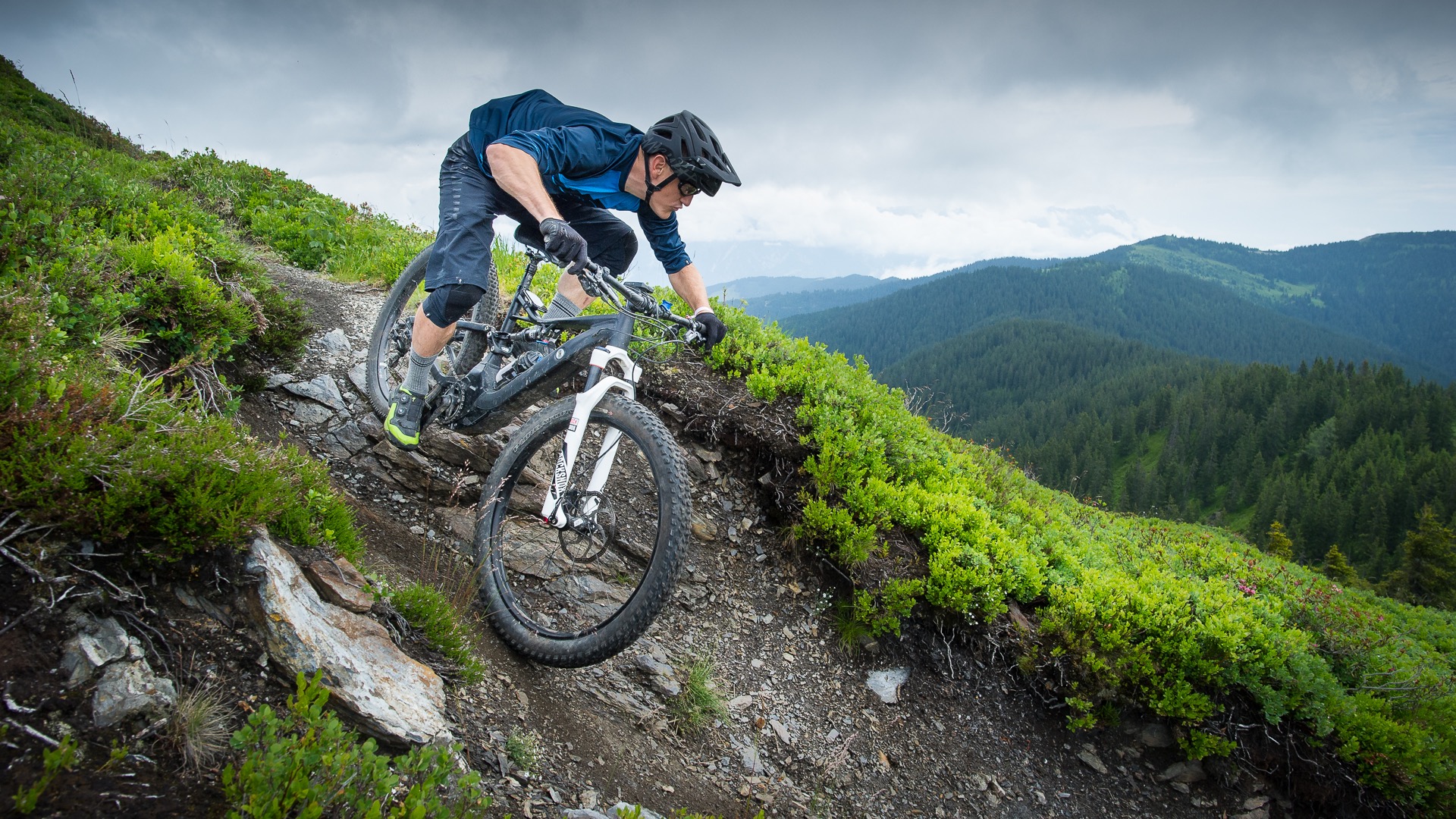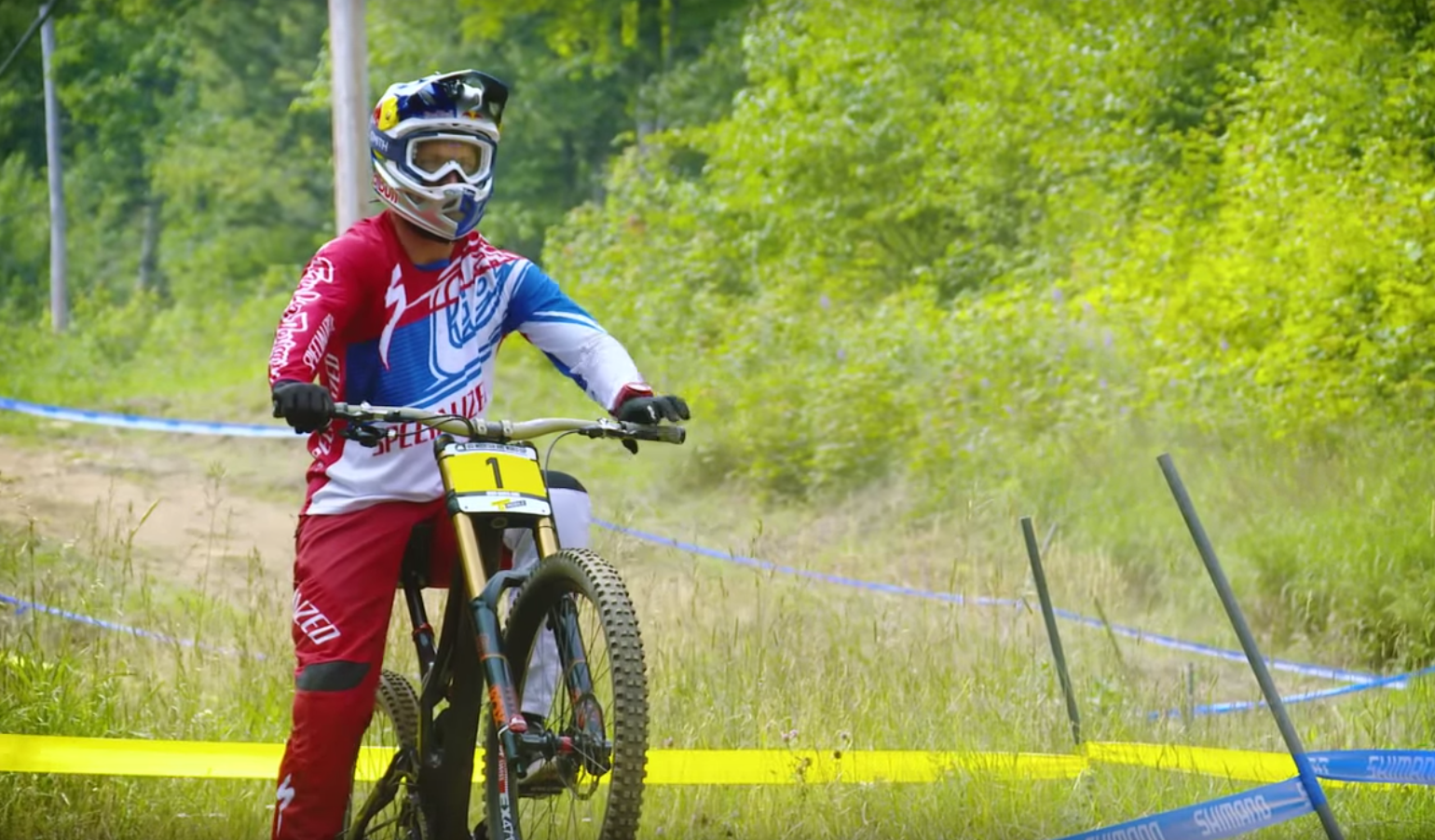[ad3]
Jan Talavasek Specialized’s lead pedal assist engineer is probably one of the most enthusiastic bike designers you could ever meet. He literally breathes, eats, sleeps bikes. Fitting then that he should be one of the lead people designing and setting standards for the pedal assist generation of bikes that are hitting the market. We sat down and had an in-depth chat about what many consider a disruptive technology in the bike market.

MTB MAG: So, we know that you’re an engineer, but can you tell us a bit about your background?
Jan: I’m a mechanical engineer, and I originally studied automotive engineering. I almost ended up studying software engineering. As a teenager I was racing mountain bikes during the day and writing code at night. But I got lucky and changed my mind…
MTB MAG: Some bicycles in the last five years have undergone the application of the electric motor, to assist pedaling. How hard has it been in general terms to take a bicycle and turn it into an assisted bicycle that people actually want to ride?
Jan: There are different challenges, one of the biggest ones was finding the right partners that can meet your expectations and deliver a product you can tailor to your needs. It’s hard to find companies that will let you manipulate their off the shelf products for your own needs. We came along and asked for custom batteries, motor, control, everything. These companies just say no. Frame integration was not the issue. Just finding the right partners, it took us multiple years traveling around the world talking to everyone.
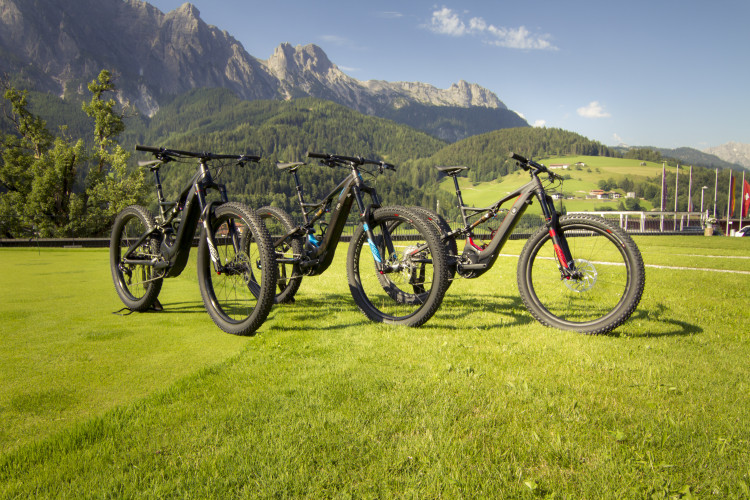
The second challenge was frame integration and making all the components fit the proper geometry we have developed over the last 20 years in the mountain bike segment. That’s the fun part though, as we are good at integration. That’s the heart of our engineering department. Then we had to find the right people to help us understand and do it all properly.
What we are doing is participating on something that will have such a large impact on our bicycle company and the whole industry. We’re really motivated and having a lot of fun doing it.
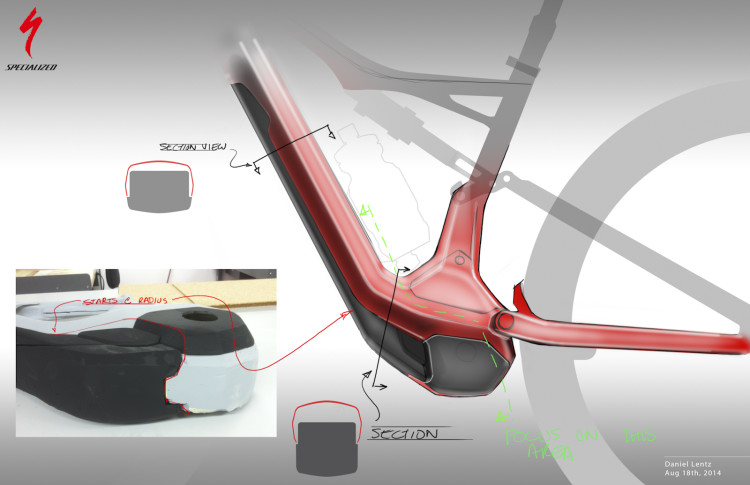
Concepts turned into reality, frame design and prototyping.
MTB MAG: Your product seems well integrated compared to all the other bikes on the market so far, do you think this is a game changer product?
Jan: Each reader or listener has to answer the question themselves, but for us, yes it is a game changer. It’s not just the visual integration, it’s also things like no display on the handle bar, opening certain communication channels allowing modular displays and connectivity to other devices. We are giving the industry a push and telling them all to wake up…This is where it can all go.

MTB MAG: Did you have cool bosses who said, “Yeah, you can go spend all this money and do as much R and D as you like?”
Jan: There are enough people in our company who may have been cautious of what we are doing, but the main person who commits and understands what we are doing is Mike Sinyard himself. He is the biggest fan of our little R and D department, he supports us with everything we need. Of course each budget has a limitation, but if we can bring reasonable arguments for why we need to do something and tooling costs etc, we are been supported. It’s a big thanks to Mike, as without his support we would not have seen the bike as it is today.
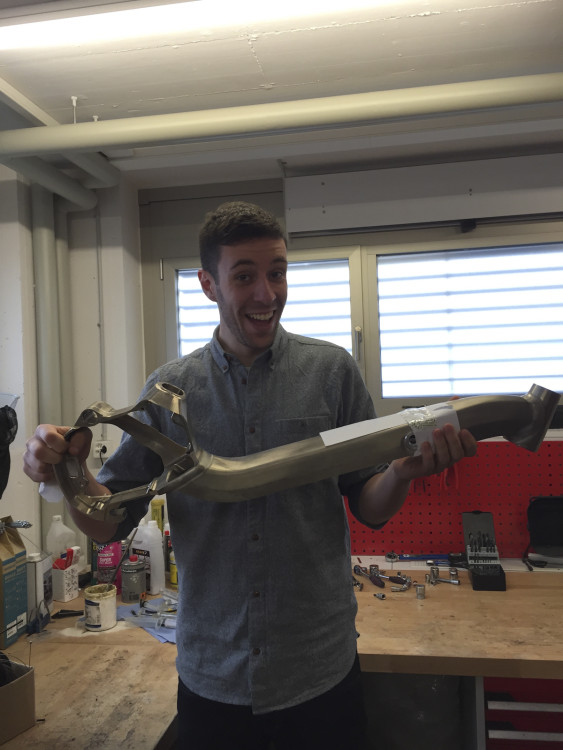
MTB MAG: E-bikes are a bit of a controversial subject. We have ridden it and understand it is as close to a trail bike in terms of feeling you’re ever going to get at the moment. But consumers think… hmmm electricity, riding…. they question it. How does the fact that it might not be accepted very easily sit with you?
Jan: We are convinced it is good, and in some sense we are going against the stream. We have tested it since day one and manipulated it so we know it is right, regardless of what people think outside. We believe in certain things as a company, it’s up to us to educate people and get them on the bikes, ask them to ride it, demo programs etc. To understand this product you have to ride it.
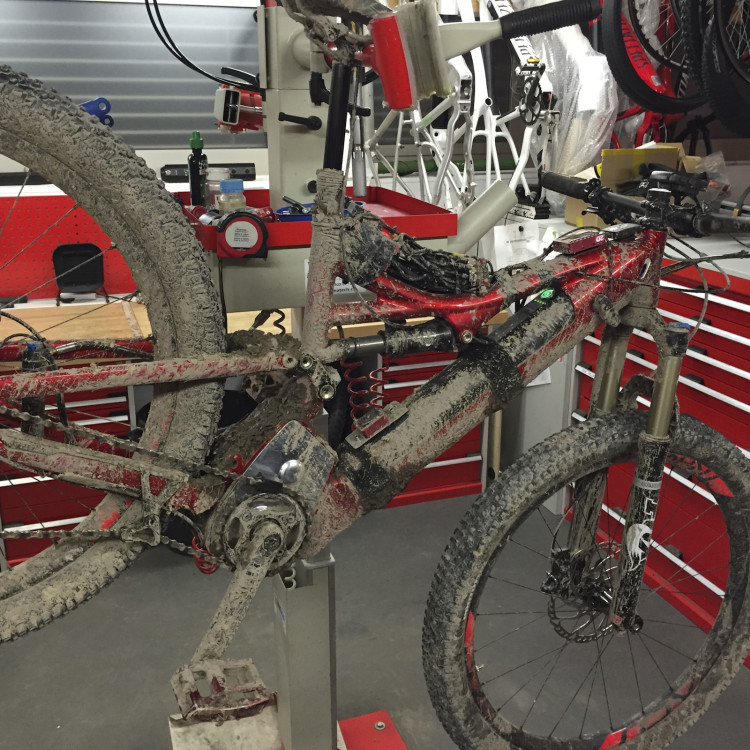
MTB MAG: How electronic are bikes going to get in the future?
Jan: If we can achieve the same benefit with mechanical components, I personally prefer mechanical execution. They are simpler, easier to fix, they don’t run out of battery. But if there is a true benefit in changing things to electronic components, absolutely let’s go for it. You have to make up your own mind by trying it. For me it must have a true benefit. Our live app connected algorithm feeding-back into the bike is an example of where electronics really do improve the products use. You just focus on fun, no more modes and trying to calculate things, just ride.

MTB MAG: What is the benefit of an E-bike?
Jan: The power to ride more trails. There are two things. You start to explore the area more and ride trails that you couldn’t access before, it’s easy to try other trails if the one you got to wasn’t what you expected. We found so many new trails in our area, we would have never gone there on normal bikes.
The other thing is with families, jobs, limited time, in 2 hours you can do a ride that would normally take you three hours. We are also traveling sections and riding more and are fitter than ever before. We in the office, ride way more than before, you can also take it easy on a ride and still have fun. It balances out power inputs, gives a more constant exercise session. We have less rest days on assist bikes.
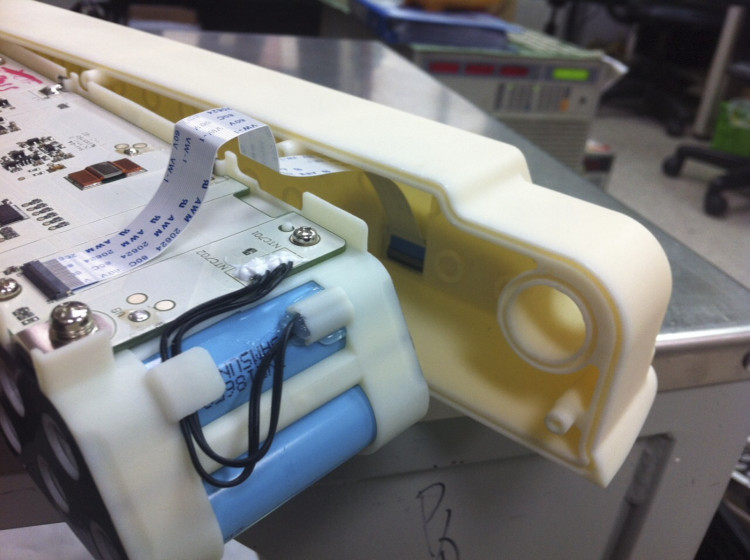
MTB MAG: What are the main disadvantages of an pedal assist bike?
Jan: Regardless of the battery used, at some point it will be empty. But this is true of your own body, at some point you also will be tired. However, we have worked hard on range anxiety with the smart control on our connected app. Bikes are also still a little more expensive compared to normal bikes. But prices will come down over the next years.
MTB MAG: How do you see the market going?
Jan: We are not late to market, we have come in at the right time with the right product. We have no clue where it is going. We are sure uptake will continue and change the way we are riding, but how we will be riding in 5 to 10 years, nobody knows. Products will evolve, get even more fun, prices will come down, availability will be better. It’s possible it will be a mature number of bikes sold on the market in 10 years.

MTB MAG: Will it take over?
Jan: No, because people will still want to do what they like to do, anyway at what percentage do you say it has taken over? The fun part, is everything was so well defined for many years, we were just incrementally improving products. Now suddenly we work on something totally different, you ride and it you ask yourself questions about it and you don’t always have the answers. We keep on opening so many new doors.
MTB MAG: You used 27.5+ with this new product, how much more usable is it with this wheel size? Since one door opened with the move to 27.5″ wheels, can you open ten doors now with new wheel sizes?
Jan: It’s surprising me how much performance we left on the street the years before with old designs, there are such huge benefits in having more volume in tyres etc. If you combine together Six fattie and pedal assist you end up with such a great combination. We tried all types of variations and this is the best combination. It will make consumers better riders. Many riders give us feedback that they are now able to ride things they could not ride before.
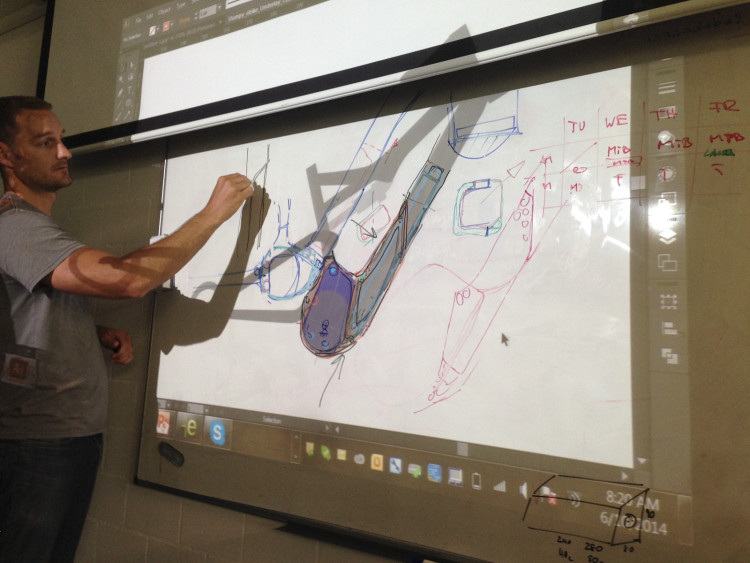
MTB MAG: Who is the target consumer?
Jan: We are not making electric wheel chairs, it’s not meant to add assist because you need it, it’s meant to really advance your ride. A different approach. It can be about just having fun riding around a lake, like my mother. Or it can be about riding the DH track like we did today. We have accomplished the bridge between what we like and need and what others like and need. Not leaning to any side… sorry mum…
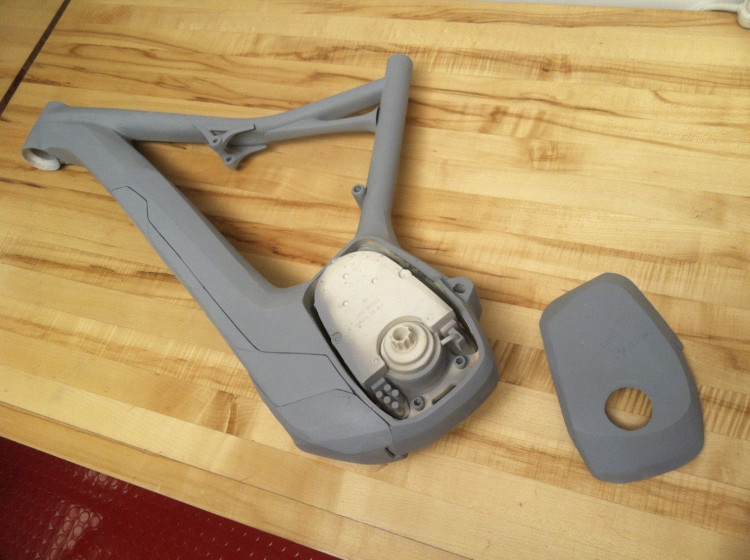

MTB MAG: What have you done to the FSR to make it like a trail bike?
Jan: We have a simple recipe. Short chain stays, roomy top tube tubes, low bottom bracket and fairly slack head angles. That was hard for us to find supply chain parts that allowed us to do all of that. Our competitors are all at the 490mm range, we are at 459mm right now. We can’t go super low as you need to keep the crank spinning to have to motor support, but compared to others we are still fairly low. Also we spec 170 cranks on all bikes to ensure good ground clearance.
The biggest challenge was the short chain stay as you really have to think hard to allow us to get everything the way we wanted.
Motor placement was straight forward, but battery placement from a centre of gravity standpoint was really important. It was hard to design things low and centered to the bottom bracket. It has a huge impact on the ride quality.
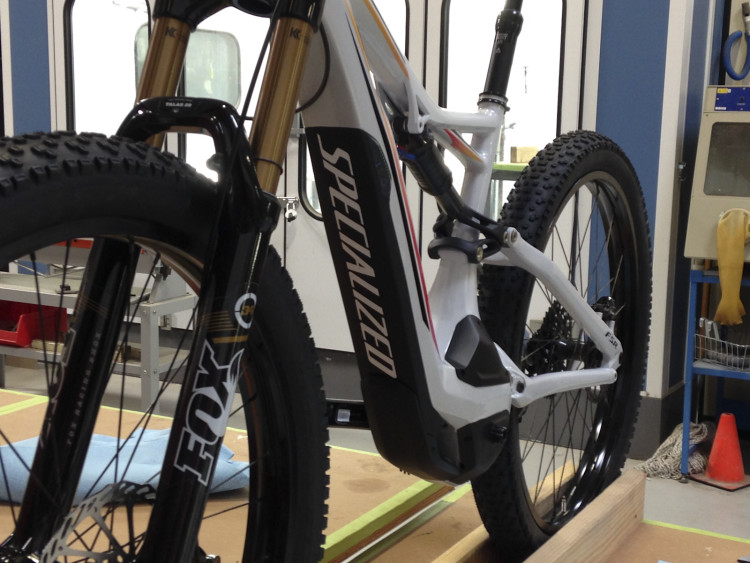
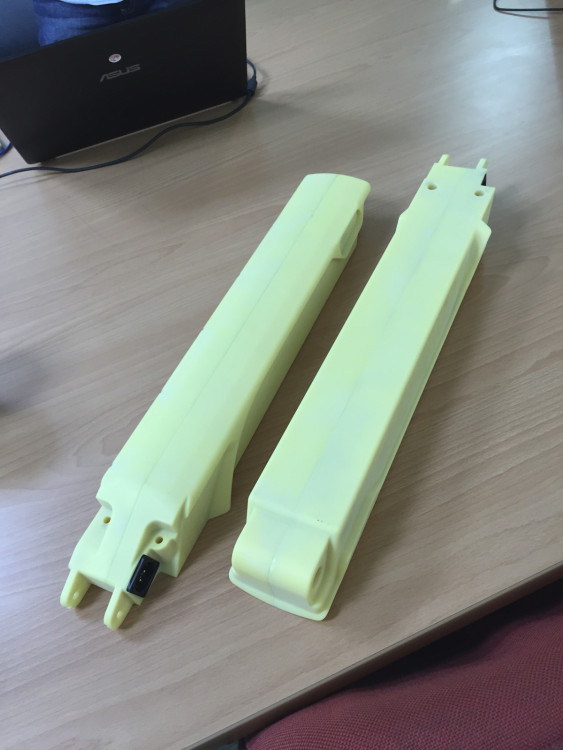
MTB MAG: How many years before batteries improve in capacity and size?
Jan: Battery capacity has doubled in the last 5 years, I do foresee that same trend continuing, we will probably reduce size and increase capacity over time. We do have a certain module size. We will just exchange cells and keep the form factor the same over time. So in five years you can buy the next generation battery and it will continue to fit in your e-bike.
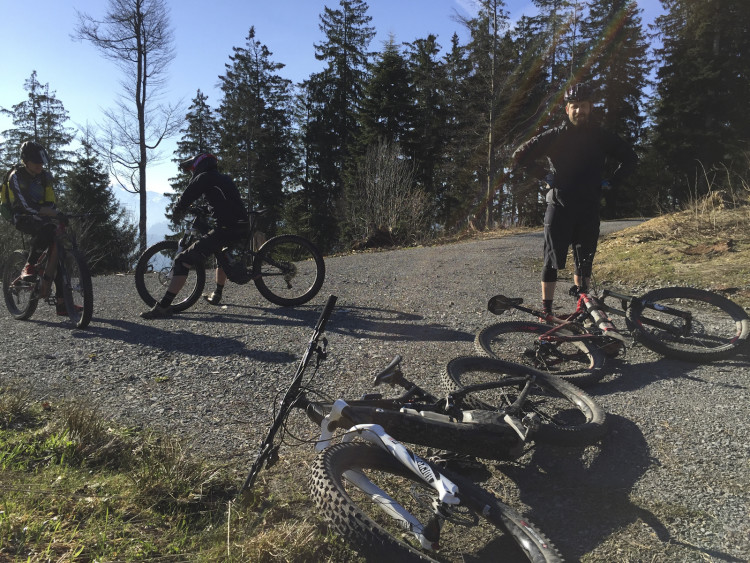
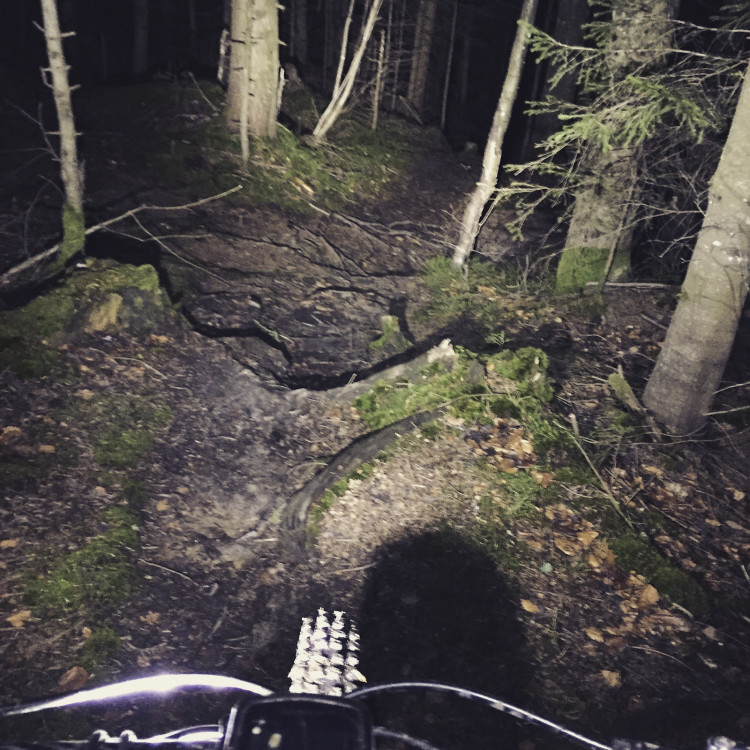
MTB MAG: How much time in your riding do you spend on your assisted bike and how much time do you spend on your normal bike?
Jan: Errr, tough question. To be fair right now is 50/50 percent, maybe a bit more on the pedal assist bike. I can ride more on the assist bike, which fits into my family life better.
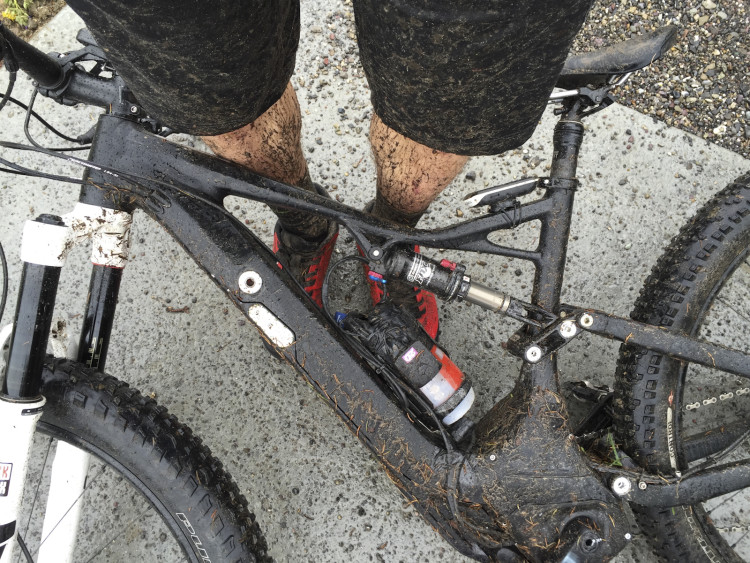
Photos: Courtesy Specialized’s R and D team.
www.specialized.com
[ad45]

